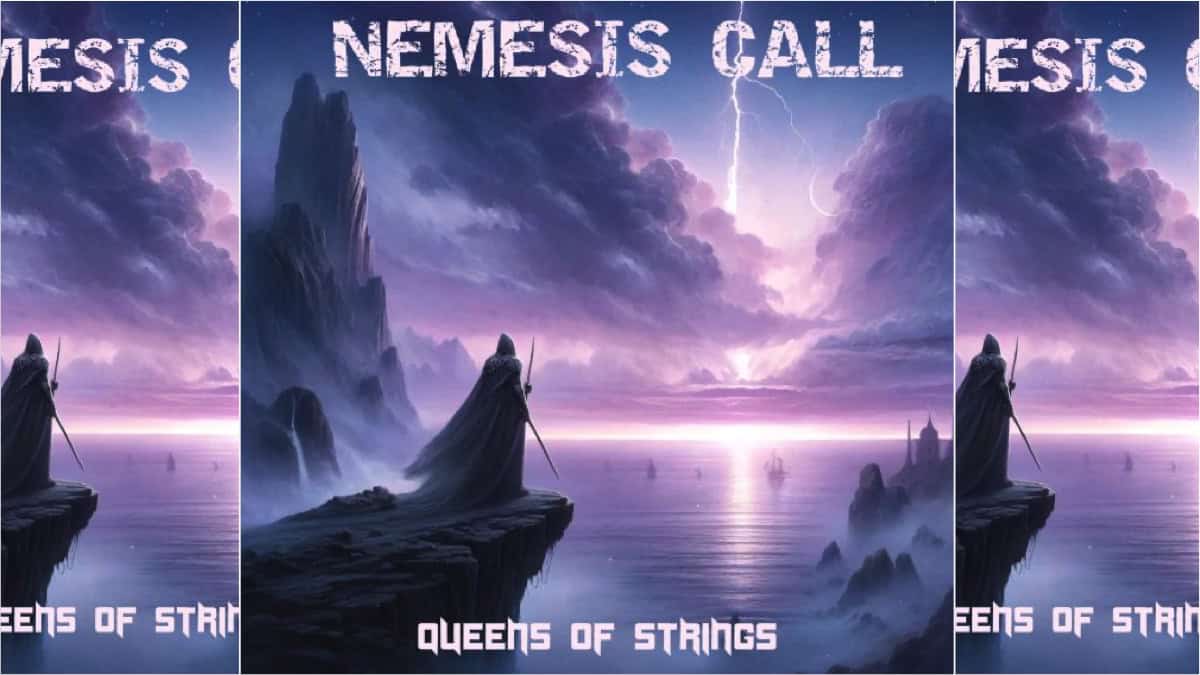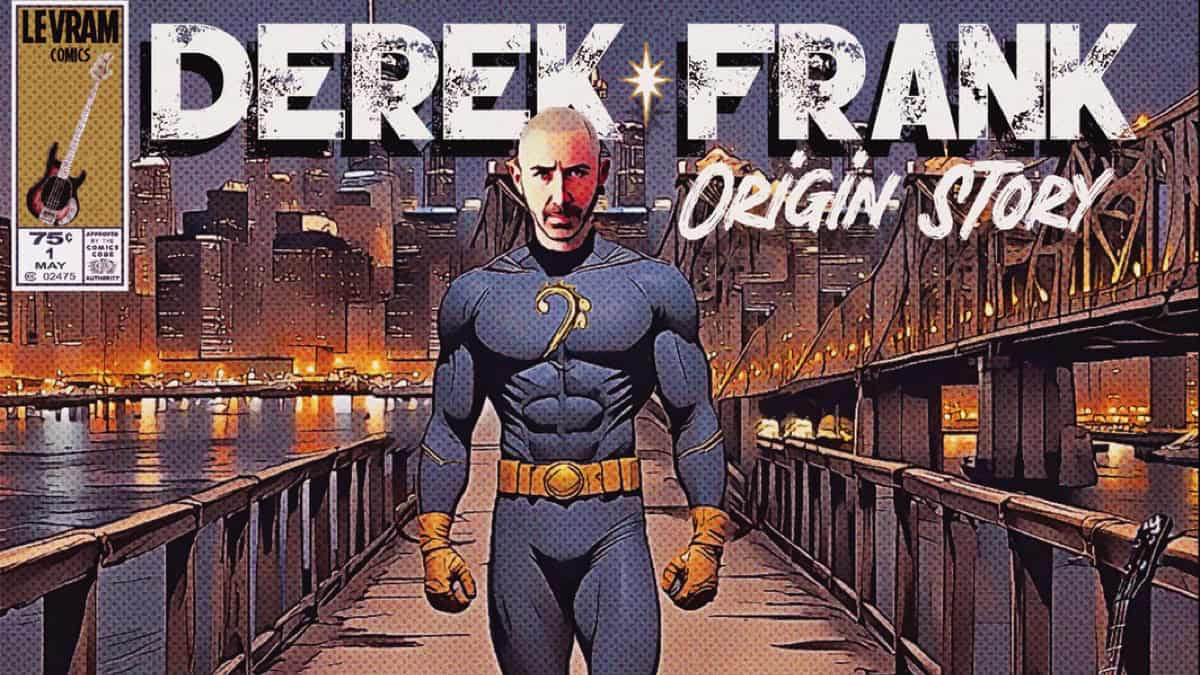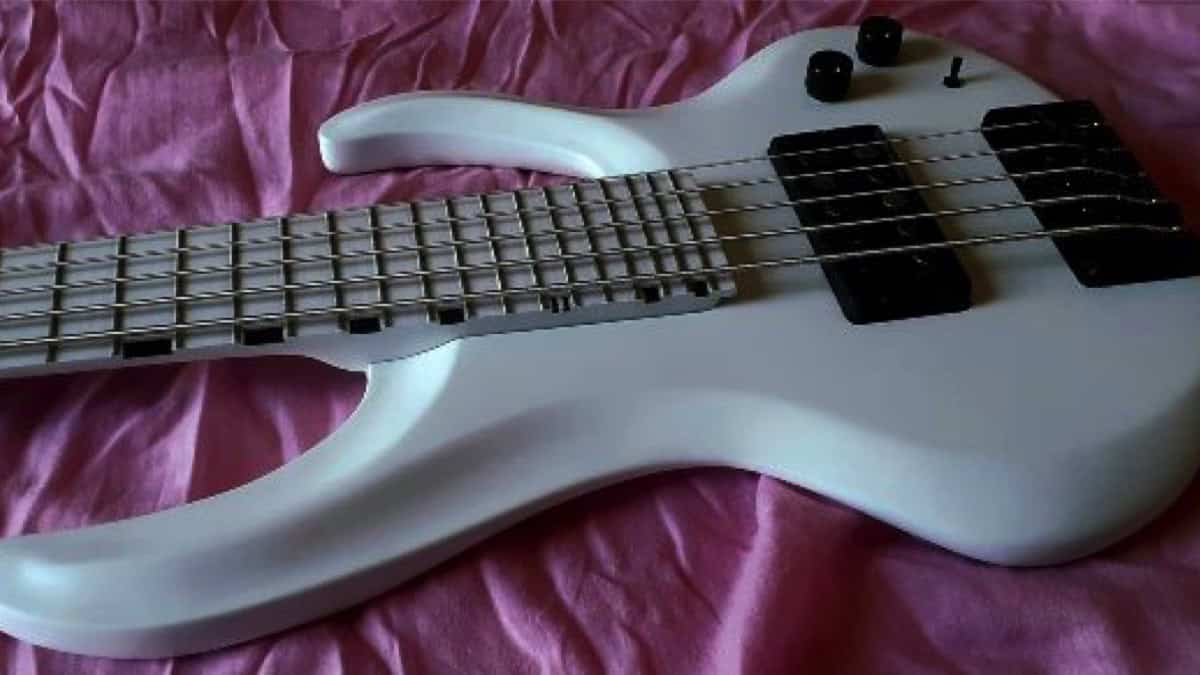Latest
The Jazz Gym by Todd Johnson: Part 1 of the Improvisers Workout Program | Melodic Reps
Hi Friends, my name is Todd Johnson and I’m excited to have this opportunity to work with you all here at Bass Musician Magazine.
I’m a bass player and instructor from Los Angeles. I’ve been blessed to have worked with some of the worlds finest musicians like Mike Stern, Dave Weckl, Poncho Sanchez, Mundell Lowe and Frank Gambale in addition to being a member of the Ron Eschete trio since 1991.
As an instructor, I’ve been on staff at B.I.T. (1991 – 1999) and Cal Arts (1997 – 2003) in addition to performing at clinics and festivals throughout the country. I’m currently adjunct faculty at The Master’s College in Newhall, CA.
It’s been my experience that the greatest bass players all have certain skills in common. They are, in no particular order; technique, reading, bass line creation, theory and improvisation. A working knowledge of these skills is a must if you want play with the big boys.
The first of these skills we’ll focus on in this column will be improvising.
As an educator, the best way for me to teach you about improvisation is through jazz. Please don’t let the “j” word scare you. My goal is not necessarily to turn you into jazz musicians. I would encourage you all to give this a shot regardless of your musical background. Jazz is just the gym we’re going to work out in. Fair enough?
Once you learn to play jazz then everything else will be a lot easier. It’s like having plenty of money in the bank. You’ll never regret having a little extra currency in your harmony account. A good friend of mine refers to this as musical headroom. So, welcome to The Jazz Gym. Here’s some simple common sense solutions to get you started improvising.
Your first assignment is to download the song we’re going to learn.
Download the MP3 below, Autumn Leaves from the Miles Davis, Cannonball Adderley cd Somethin’ Else and give it a serious listen. This version is a classic and it’s played at a learnable tempo.
Too many people try to learn how to play jazz from a book with their eyes without ever really listening to it. You wouldn’t try to learn to speak Japanese out of a book, would you? Of course you wouldn’t. You’d use the book, but you’d also hang out with Japanese speaking people, watch Japanese TV and basically immerse yourself in the language. Learning to improvise requires the same thing. You have to listen to what you’re tying to learn. Now, click below for a quick preview of my Autumn Leaves video. It might give you some ideas for later on.
Your second assignment is to learn the melody to Autumn Leaves. Learn it by ear or from a chart, but learn it. The easiest way to sound melodic is to learn melodies. It seems obvious, but as bass players we don’t do it. We spend most of our time practicing scales, arpeggios and bass lines. The reason most bass solos sound like a doubled up bass line up an octave is because that’s what we practice!
Play the melody straight, without embellishments. Be sure to listen for the holes. Basically, holes are where the rests are. Pay close attention to what you hear in those holes. This will come in handy for our next assignment.
Practice playing the melody along with Miles. This may sound extreme, but try playing the melody 100 times. Remember this is a language, so if you have to stop and think about it too much you won’t be an effective communicator. This stuff needs to be internalized. The only way to achieve this is through repetition.
Your third assignment is to practice playing the melody with embellishments. I want you to start dressing up the melody. Start filling in those holes we listened for in our second assignment. Play something simple and build from there. Make sure that if you hear an idea and miss it, that you go back and figure it out. Practice it a few times, then go back and play it in context several times. Repetition is critical.
Improvising is often referred to as playing the melodies you hear in your head. By going back and figuring them out, you’ll strengthen and develop your ability to transcribe yourself. I realize this seems obvious, but if you don’t practice playing what you hear then you’ll never get good at it. Don’t make the mistake of just learning a scale and thinking you’ll be able to solo. It doesn’t work like that. Scales are great, but they’re just an alphabet. An alphabet doesn’t say anything by itself. You can’t just learn the alphabet and think well now I’m going to learn a new language. We use combinations of letters to form words and then sentences. Melodies are the words and sentences that scales form.
FIGURE 1 shows you the chord progression and chord structures to the first 8 bars of Autumn Leaves. Here are some chord structure formula reminders; All minor-seventh chords are (1 mi3 P5 mi7), all dominant-seventh chords are (1 ma3 P5 mi7), all major-seventh chords are (1 ma3 P5 ma7) and all minor-seven-flat 5 chords are (1 mi3 dim5 mi7). I’ve provided some of the possible fingerings. These will work fine, but I would encourage you to explore other possibilities as well.
FIGURE 2 shows you the scales that fit the chords for our progression. Except for the D and G Spanish-dominant scales, everything is a mode of the Bb major scale.
So download and listen to Autumn Leaves, learn the melody, then practice embellishing and filling in the holes around the melody. Study and memorize figures one and two and next month I’ll show you how to add this information to our melodic workout.
Gear News
New Gear: Spector Doug Wimbish USA Custom Series Basses

Spector offers Doug Wimbish USA Custom Series basses…
Spector, a leading authority in bass guitar design, unveils two new Doug Wimbish USA Custom Series basses. Synonymous with bass excellence since 1987, Wimbish collaborated with Spector’s USA Custom Shop to create the DW-4 and DW-5 models, echoing the iconic instruments that have been favored heavily throughout his recording and performing career.
These signature basses faithfully replicate Wimbish’s originals, down to the smallest details like neck contours and nut widths. Customized EMG pickups, developed in collaboration with Wimbish, capture the distinctive sound that has shaped his monumental musical impact. These models invite players to explore the feel and response that have defined Wimbish’s signature style over the years.
Available in 4-string and 5-string versions, each model boasts unique features & finish options. The DW-4 comes in Amber Stain Gloss and Black Stain Gloss options, while the DW-5 offers Dark Blue Stain Gloss and Faded Natural Gloss. Every purchase includes a certificate of authenticity signed by Doug Wimbish. Wimbish comments, “Spector took the time to get every little nuance right, and that to me is dedication and being thoughtful enough to know ‘I want to nail it,’ and they did. I’m able to pick these instruments up for the first time and play them like I’ve already had them for years.”
For more information, visit spectorbass.com/doug-wimbish-usa-signature-series/.
Photo: Doug Wimbish, pictured with the new Spector Doug Wimbish USA Custom Series basses
Bass CDs
New Campaign: Alberto Rigoni, Nemesis Call – Queens Of Strings

Italian bass master and composer ALBERTO RIGONI is thrilled to announce his brand new project “Nemesis Call – Queens Of Strings”.
Nemesis Call – Queens Of Strings features a super talented drummer from Japan (TBA) and tons of female guitarists such as SAKI, Giusy Busetto, Alexandra Zerner (TBC) and many many others (TBA). Furthermore, Alberto has also launched a Fundraising Campaign for the project. 20% of the income will be donated to Lega del Filo d’Oro legadelfilodoro.it/it, an Italian association that helps deaf and blind children!
Alberto shares:
“Hello friends and music lovers! I’m Alberto Rigoni, an Italian composer and.. a BASS GUY! Between 2008 and 2024 I released 13 solo albums, spanning from progressive, rock, ambient to funky and experimental music, which also features contributions from musicians such as keyboard wizard Jordan Rudess (Dream Theater) drummer Gavin Harrison (Porcupine Tree) and Marco Minnemann (the Aristocrats), keyboardist Kevin Moore (ex Dream Theater), singer John Jeff Soto (ex Goran Edman (ex Y. Malmsteen), bassists Nathan East, Stu Hamm (Joe Satriani), Nik West (ex Prince) and many others. I’m also bass player for BAD As, Sunset Groove Society, Kim Bingham, The Italians bands and co-producer of Mistheria’s Vivaldi Metal Project.”
Alberto on the new project Nemesis Call:
“Even if my latest album “Unexpected Lullabies”, dedicated to my newborn Vittoria Parini Rigoni, will be released on June 4th, 2024, when Vittoria came to life I felt the need to compose new music (yes, I really can’t stop!!!!!). This time will be quite challenging because I’m willing to release an instrumental ambient/prog/rock/metal album, that will feature a talented and young drummer (TBA) and tons of female guitarists (that’s why I will call the album “Queens of the Strings”) such as Alexandra Zerner, YOKA and many others (TBA/TBC)). It won’t be easy to manage all such great musicians but I will make it!! Are you ready to face a new prog experience? The album will be released in Digipack CD and in high-quality digital format approximately at the beginning of 2025.”
The Fundraising Campaign:
As an independent artist, Alberto is looking for supporters who can help him reach the budget for the production (recordings, mix, mastering, artwork etc.) of this new album and has started this fundraising campaign that will end successfully on October 15th, 2024.
Get further information about Alberto Rigoni’s new project Nemesis Call Fundraising campaign at albertorigoni.net/nemesiscal
Bass Videos
Artist Update With Bassist Derek Frank

Bassist Derek Frank…
Many of you will remember the last time I chatted with Derek Frank was back in 2017. The main thing that impressed me was how busy Derek was and how he juggled playing with many huge acts.
Now, I am happy to hear that Derek launched a new album last March titled “Origin Story” where he digs deep into his roots and pays homage to Pittsburg.
Join me as we get caught up after all these years and hear the details about the new album, how Derek gets his sound, and his plans for the future.
Photo, Stephen Bradley
Featured Videos:
Visit Online:
www.derekfrank.com
www.instagram.com/derekfrankbass
www.youtube.com/derekfrankbass
www.facebook.com/derekfrankbass
Latest
This Week’s Top 10 Basses on Instagram

Check out our top 10 favorite basses on Instagram this week…
Click to follow Bass Musician on Instagram @bassmusicianmag
FEATURED @foderaguitars @bqwbassguitar @lecomptebass @xvector_basses @vuorensaku_guitars @phdbassguitars @meridian_guitars @sterlingbymusicman @ramabass.ok @overwaterbasses
Gear News
New Gear: Alberto Rigoni Signature Bass, the VPR5 by Gaetano Costanzo!

Alberto Rigoni Signature Bass, the VPR5 by Gaetano Costanzo!
Internationally renowned bassist ALBERTO RIGONI (soloist, BAD AS, Vivaldi Metal Project, TwinSpirits, etc.) is proud to announce the release of his signature bass VPR5 made by renowned Italian luthier Gaetano Costanzo!
The bass is entirely handmade in Italy, without the use of CNC or other machinery, and has rather special features. The VPR is a 5-string bass (but also available as a 4-string) with 30 frets, Seymour Duncan pickups, Music Man Alnico style, passive electronics (volume, tone and a switch to select series/parallel/single-coil mode), alder body, and American maple neck and fingerboard. Gotoh tuners that ensure perfect intonation. The bass is totally painted white (nitro finish) but other colors can be requested. The VPR has a weight of about 2.9 kg and suitable for any genre.
For more information contact Gaetanobass77@gmail.com or visit online at www.instagram.com/gaetanocostanzoluthier or www.facebook.com/GaetanoCostanzoLuthier










